
The Cambridge Flying Group's Tiger Moths have left their home of 70 years; moving to an airfield that specialises in vintage planes.
The two biplanes, dating from the 1930s, were forced to move to Old Warden in neighbouring Bedfordshire ahead of the closure of Cambridge City Airport.
Group chairman, Peter Wedd, said he was "sad to be leaving Cambridge after 70 years, but this is a start of a new beginning".
The Cambridge Flying Group began training pilots on the iconic Tiger Moth in the year that Queen Elizabeth II was crowned monarch - 1953. Initially the planes were built in Hatfield, before production transferred to the Morris plant in Cowley, Oxfordshire some years later.
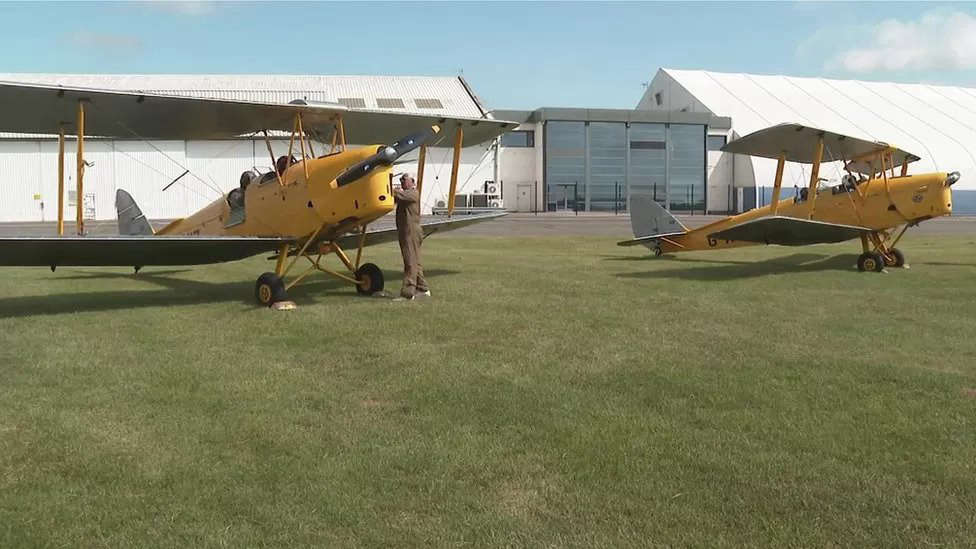
Company secretary Andrew Wood said the biplanes were built by the de Havilland Aircraft Company as RAF training aircraft in the build-up to World War Two.
"The vast majority of RAF pilots trained on Tiger Moths. Part of its virtue as a trainer is it's easy to fly, but difficult to fly well," he said.
"A sturdy undercarriage was needed for new pilots, as landing is the trickiest part."
The older of the group's two planes went to France with the British Expeditionary Force in 1939, and a pilot used it to escape back to Britain during the Dunkirk evacuations in 1940. The second aircraft, whilst built to military specification, has always operated as a civilian aircraft.
The Tiger Moths new base at Old Warden Aerodrome is home to the Shuttleworth Collection of historic aircraft.


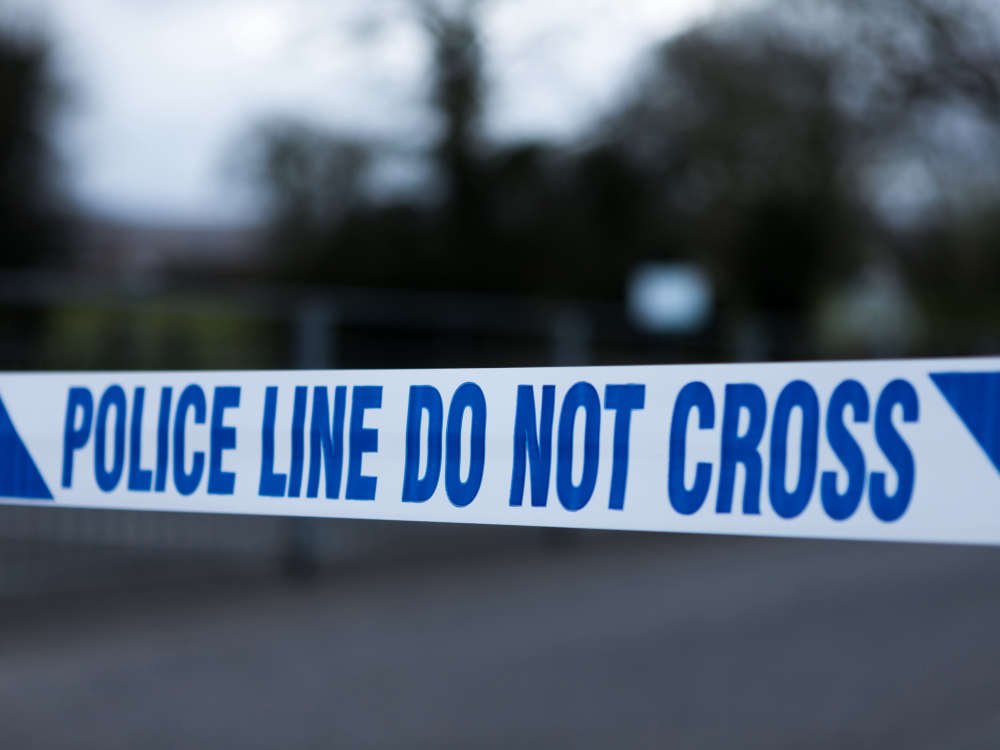 Cambridge business targeted by raiders twice in 24 hours
Cambridge business targeted by raiders twice in 24 hours
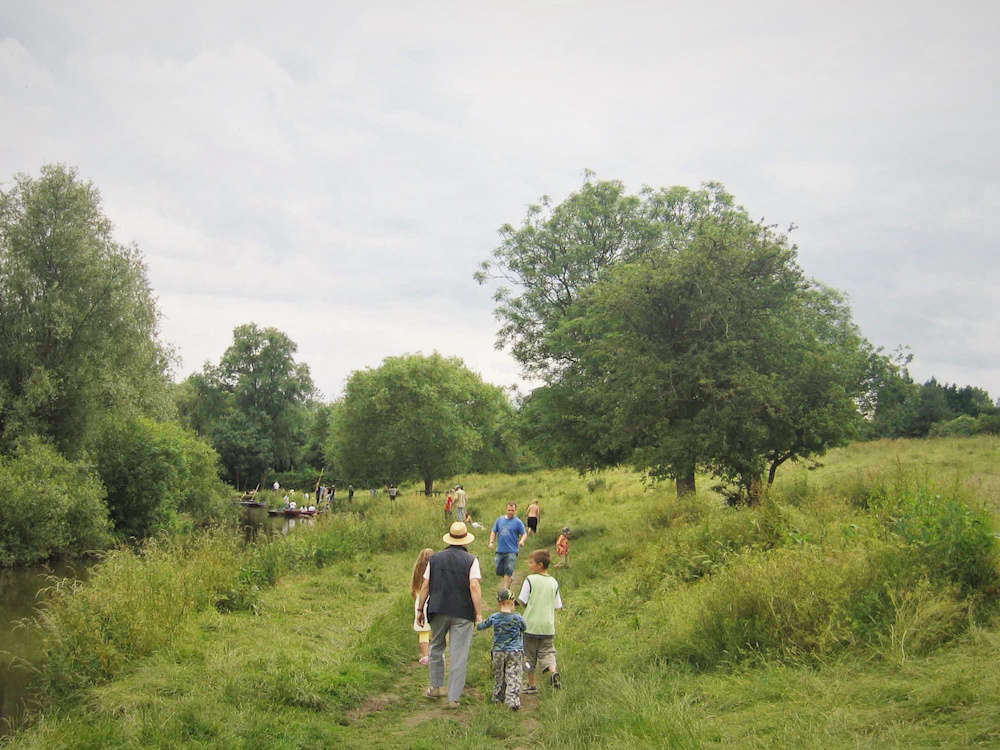 Grantchester Meadows to enjoy bright future
Grantchester Meadows to enjoy bright future
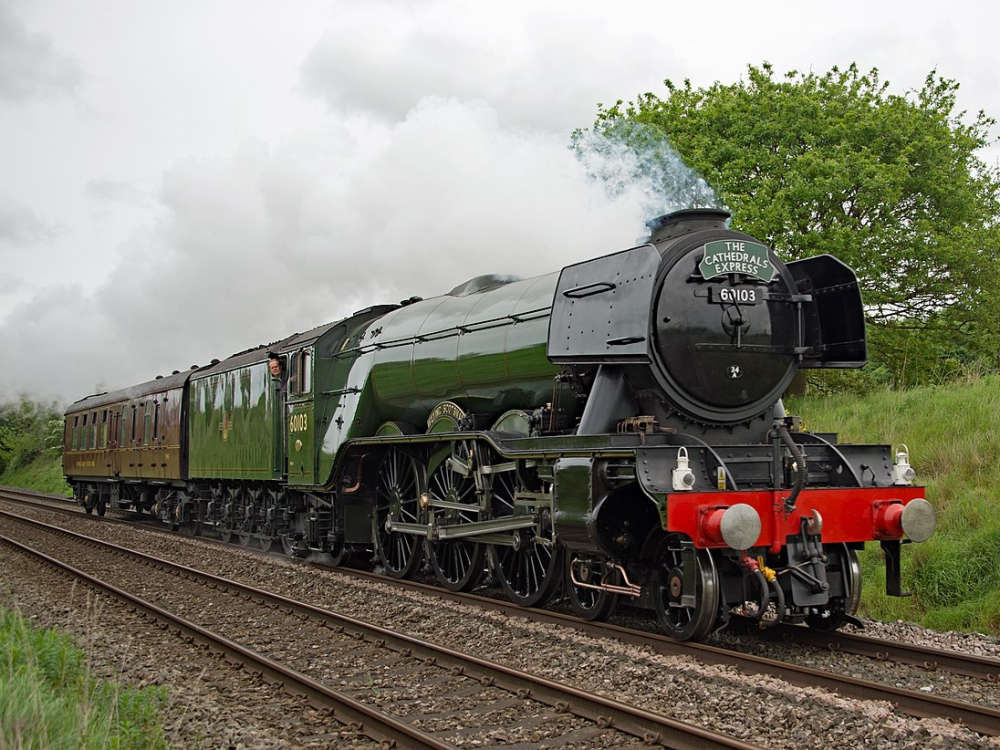 Flying Scotsman returns to Cambridgeshire
Flying Scotsman returns to Cambridgeshire
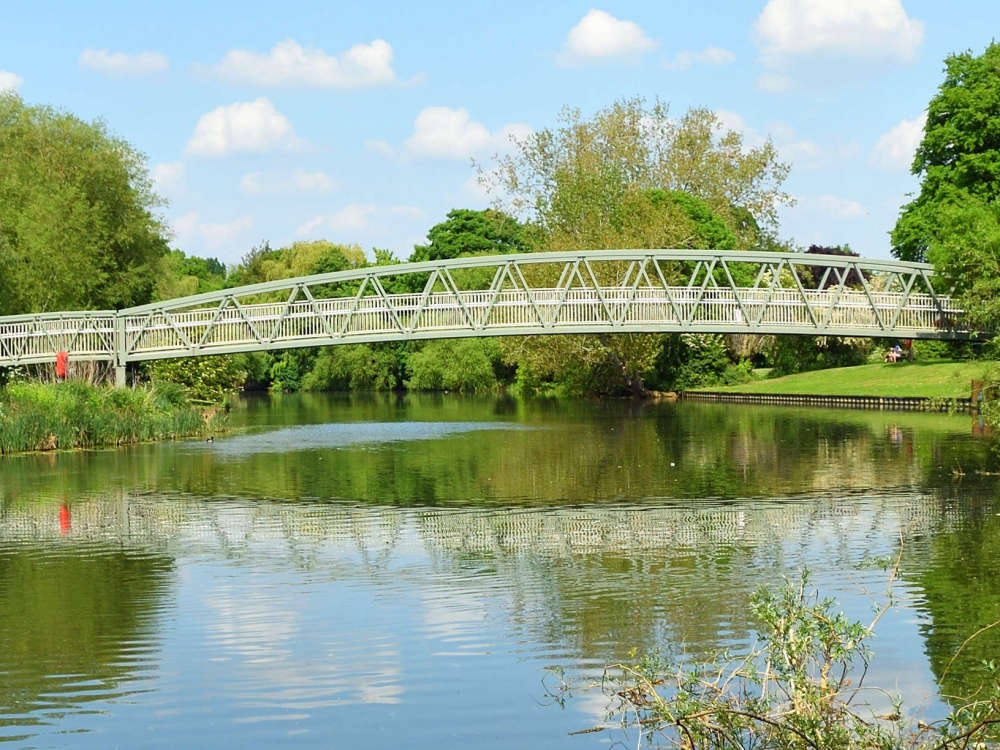 Man found stabbed in St Neots car park
Man found stabbed in St Neots car park


